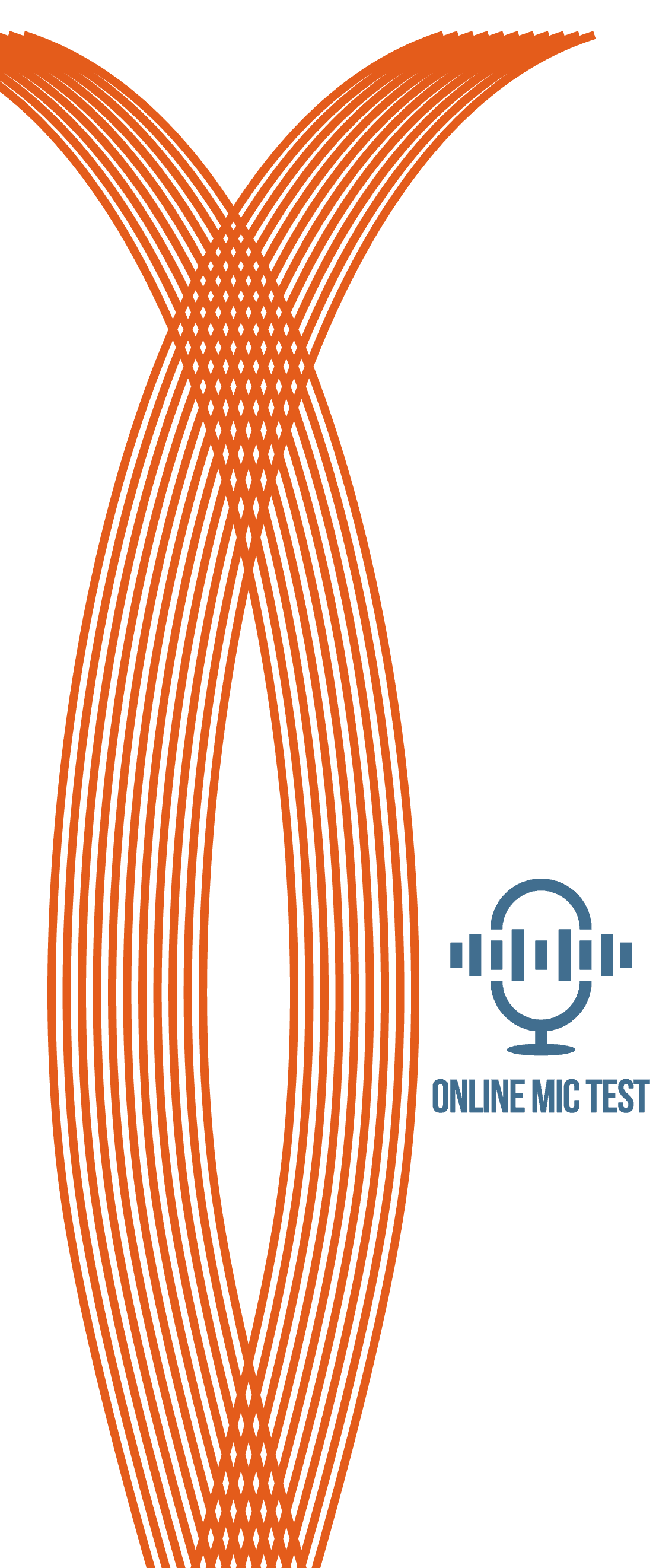Violin Tuner
How to use this tuner:
- 1Click on the ‘Play’ button.
- 2Click ‘allow’ if you see a pop-up asking for permission to use your microphone.
- 3Pluck/bow the string you wish to tune and adjust the tuning up/down using your violin’s fine tuners until the note in the gray circle is the same as the string you want to tune. Most violinists prefer to start with the A string during tuning.
- 4If the string you plucked is a different note altogether, then gently use your violin’s tuning pegs to tune it to the desired note. Then repeat step 3 to fine-tune it to the desired note.
- 5Now tune the rest of your strings using steps 3 and 4.
- 6After tuning all the individual strings, check all the strings once more, as tuning one string, sometimes affects the tuning on the other strings.
- 7Happy tuning!
Trouble-Shooting Guide:
If the microphone has been allowed but the tuner isn't responding to sounds from your instrument,
see below for possible solutions:
- Check your microphone to make sure it is working properly. You can use the test on our home page and find out more information about microphone troubleshooting here.
- If your microphone is external (meaning not built into your computer) then check to make sure it is securely connected to your input USB port.
- Some microphones have an “ON” / “OFF” mode. Make sure your microphone is set to “ON”.
- Check to make sure that your microphone is not muted. For help with different operating systems and microphone problems, check out our "TECHNICAL GUIDES" section on the left-side menu.
- You can try to use a different browser, like Google Chrome or Mozilla Firefox. Safari might not work with our test.
Learn more about violin tuning:
What are the different methods for tuning a violin?
- Tuning Using a Tuner:The easiest method of tuning a violin is to use a tuner. This could be in the form of a clip-on chromatic tuner, an app on your phone, or a web-based tuning app (like the one discussed here). These devices detect the frequency of the sound produced by your violin and show you whether it’s in tune or not. They are generally made for standard violin tuning (G, D, A, E), but may also support alternative tunings.
- Tuning Using a Digital Metronome or Tuning Fork:Digital metronomes often have the option to play specific notes, such as middle C or concert A (440 Hz). You can then use these as a reference to tune your strings accordingly.
- Tuning By Ear:Tuning a violin by ear is the traditional way of doing it; however, it requires a lot of experience and ear training. This may not be very intuitive or simple for a beginner. Hence, beginners should use accurate tuners to train their ears to the correct pitch.
What are the advantages of tuning with a tuner or online tool like this one, vs tuning by ear?
- The main advantage of tuning with a tuner or online tool is that it does not require any skill or training. Anyone can use a tuner to accurately tune their violin to the correct pitch and immediately start practicing. Tuner apps allow you to tune perfectly as they show you the exact deviation so you can adjust your violin accordingly.
- Tuning by ear, on the other hand, requires experience and training. You have to use a reference note and your ears to match your violin until it sounds the same (and resonates). Since there is no exact way to measure the deviation, you may not be able to tune your violin accurately if you are not experienced.
What are fine tuners, and do I need them?
Fine tuners are small screws on the tailpiece of a violin that allow you to precisely tune the violin to the desired pitch. These screws move in very small steps, so they only make small adjustments to the tuning, unlike the main tuning pegs on the headstock. If you want to have greater control over your violin’s tuning, fine tuners are a great thing to have. However, many professionals do not like fine tuners on their violins, as they increase the mass of the violin, and make it more likely to produce wolf tones, false notes and buzzing. So this is ultimately a matter of personal preference.
Are there alternate tunings to a violin?
The standard tuning for a violin is G₃, D₄, A₄, E₅. However, there are several uncommon and alternative tunings that you may come across:
- AEAE = ‘Fiddle’ Tuning. Also known as ‘Cross Tuning’.
- FCGD = Cajun Tuning. This is a whole step down from GDAE.
- GDGD = Sawmill Tuning. Also known as ‘Cross G’.
- GDGB = Open G Tuning.
- GDAD = Known as ‘Gee-Dad’ (similar to DADGAD tuning on a guitar).
- DDAD = Open D Tuning. Also known as ‘Dead Man's Tuning’ or ‘Dee-Dad’.
- ADAE = High Bass Tuning. Also known as ‘Old-Timey D Tuning’.
- AEAC♯ = Black Mountain Rag Tuning. Also known as ‘Calico Tuning’ or ‘Open A Tuning’.
To tune any string to any note you want, use our chromatic tuner tool.
How to tune by ear?
The process of tuning by ear begins with checking that the violins pegs are functioning correctly, the strings are wound correctly (and do not slip), and that the bridge is positioned in the right place, perpendicular to the face of the violin. Then, follow these steps to tune your violin by ear:
- Hold the violin on your shoulder as you would while playing.
- Use the right hand to play the strings using the bow, and the left hand to adjust the tuning pegs.
- Start tuning the A string. Use a reference note from a metronome, a tuning fork, or another instrument.
- Play the string you are tuning, and listen to the reference. Tune your A string according to this reference until it resonates and is perfectly in tune.
- If the string is really sharply out of tune, adjust the peg of the string until the pitch is roughly correct, and then fine-tune it for greater accuracy. Be gentle with the pegs, since adjusting them quickly is likely to break the strings.
- Now, play the D and A strings together with your bow, and listen to them closely. If it sounds dissonant, you have to adjust the pegs on the D string until it is in harmony with the A string. It will sound like a chord once it is in tune.
- Repeat the above two steps for G and E until all the strings are in tune, and then double-check them for accuracy.
Still confused? Here’s a quick video that’ll help you get set up.
Tuning by ear is an excellent way to train your ears for a better understanding of pitch and music. Violins are one of the hardest instruments to tune by ear since they are not fretted, but the process is rewarding. This is particularly important if you play in a band or an orchestra.
How often should I tune my violin?
Ideally, you should tune your violin every time you play it. This ensures that you will play in perfect pitch and improve your practice routine as well.
But how often it becomes absolutely necessary to tune an instrument depends heavily on the temperature and humidity of the locale, and how the instrument is stored. The build quality of the violin and its tuning pegs also affects how quickly it will detune itself.
What to do if the pegs are slipping?
The primary reason for pegs slipping is that, over time, the fit between the peg and the hole it goes into is no longer as tight as it should be, and the peg just slips during tuning, making it impossible to play. This happens due to changes in temperature and humidity and is a gradual process.
The temporary solution is to push the peg in each time you tune the instrument, but this would have to be repeated each time you tune and may eventually damage the instrument. A better solution is to apply ‘peg drops’ to the pegs’ holes.
These will increase friction and prevent any slipping and squeaking. A bar of soap can also be rubbed onto the peg after taking it out of the violin if peg drops are not on hand.
However, improperly installed strings may also be the reason for pegs slipping. In this case, you should ensure that the strings are well-wound and properly ‘wedged’ into the pegs. Here’s a short video that explains how to fix slipping pegs on your violin.

